
x
Contents
Home
Home
Home
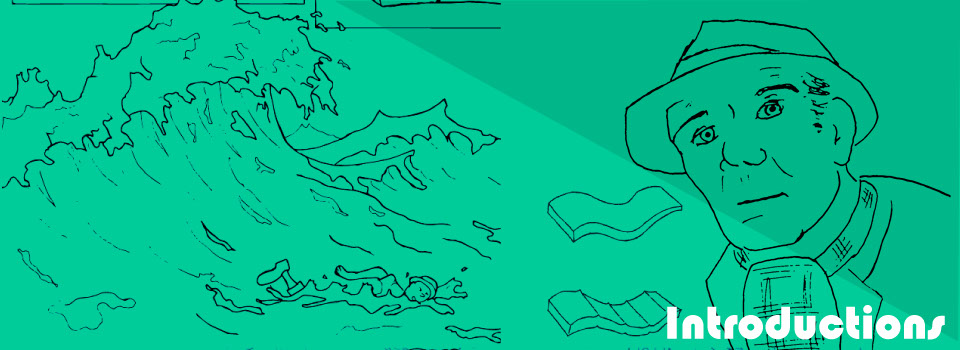

Defining Rhizcomics
I invented the term rhizcomics as a goof. I was, as many theory-geek grad students are, enamored by Gilles Deleuze and Félix Guattari’s concept of the rhizome.* The rhizome—antidiscourse, antihierarchy—seemed a propitious introduction to comics, which resist definition and blur the line between image and text. To write comics is to write from the middle, between modes. To read comics is to enter between panels. In this sense each of the formalist definitions of comics, sequential art and image/text, focuses on either writers or readers, on production or consumption of rhizomatic texts. The rhizome allusion is obvious from the title, but there is another allusion that may not be quite so obvious to my readers, especially those less familiar with comics.
The second allusion, Captain Marvel, also provides an excellent case for using rhizomes as analytic tools. Perhaps the most famous golden age comics superhero, Captain Marvel debuted in Whiz Comics, issue 2, published by Fawcett Comics. The fact that issue 2 is actually the first issue of Whiz Comics (Whiz Comics, issue 1, merely an ashcan advertisement for the series and actually titled Flash Comics) presages quite possibly the most complex comic book character ever in terms of copyright, publishing history, intertextuality, and fictional biography. Captain Marvel (introduced as Captain Thunder in Flash Comics, issue 1) was a clear-cut rip-off of Superman, from his attributes to the covers that introduce each (Steranko 11-12). This similarity led to a lawsuit by National Comics (later to become DC Comics), which partially led to Fawcett getting out of the comics game entirely. Prior to the lawsuit L. Miller and Sons had purchased the rights to reprint Captain Marvel titles in the UK. After the lawsuit, Miller created a “new” character called Marvelman who largely replaced Captain Marvel, though with new stories instead of reprints. Miller published Marvelman until 1963. Up-and-coming publisher Marvel Comics bought the name Captain Marvel from Fawcett in the late sixties and created a new character who had little if anything to do with Superman or the original Captain Marvel. As Marvel Comics helped revitalize comics’ popularity, DC Comics wanted to bring Captain Marvel back. However, because Marvel now owned the name (though not the character), they licensed the character from Fawcett and published him under the title Shazam! (though the character continued to be called Captain Marvel).
This already complex history would soon be further complicated. Miller’s short run of Marvelman was just long enough to influence a young Brit who would revolutionize the comics industry: Alan Moore. Moore’s editor at Marvel UK (a branch of Marvel Comics), Dez Skinn, broke off to start Warrior Comics in 1982, inviting Moore to write for it. Moore began writing two incredibly influential series for Warrior Comics: Marvelman and V for Vendetta.* Marvelman was republished in the United States by Pacific Comics and later Eclipse Comics. When Warrior folded in 1985, Moore continued to write the Marvelman series for Eclipse, which had retitled the series Miracleman due to US copyright law.
Moore’s Marvelman/Miracleman series was one of the most important things to happen to comics since Wertham’s Seduction of the Innocents.* Moore reimagined Marvelman (née Captain Marvel) as a middle-aged man who had forgotten his youthful adventures, dismissing them as childhood memories of comic books. In reality, a super villain has revised his memory. When robbed at gunpoint, he suddenly remembers and becomes Marvelman again. Moore's Marvelman, however, exists in our own more realistic, more complex, more violent universe. He teams up with his former sidekick only to discover his sidekick is now a villain who goes on a murderous rampage. Marvelman, no goody-two-shoes superhero, kills his former sidekick and begins to reconstruct the world as a utopia.*
When Moore ended his run on Miracleman (having become too busy revitalizing DC Comics with his runs on Swamp Thing and Watchmen), he handed off the reins to Neil Gaiman, who would also go on to revolutionize mainstream comics. Unfortunately, there was an infelicitous ambiguity over the copyright. By the early 2000's, claims on the material could be made by Gaiman, Moore, Mark Buckingham, Todd MacFarlane (one of the most famous comics creators of the nineties, who later purchased Eclipse Comics), Marvel Comics (which has also now purchased the rights from Mick Anglo who had drawn the series for Miller in the fifties and sixties), and quite possibly others. At this point it was unclear who could publish what if anything with any publication likely to lead to lawsuits. In the fall of 2013, Marvel Comics was able to straighten out this legal knot and began republishing Moore’s original run (though now without his name on it). In early 2015 Marvel announced it would be rebooting the character with new stories by new artists and writers.
The above summary of the character, despite its convolution, leaves a great deal out. To the degree that it seems simple, it is also simplified. One could hardly talk of Captain Marvel’s family tree. Instead, Captain Marvel or Marvelman or Miracleman or, perhaps, Shazam!, could only be diagrammed rhizomatically.
muddle
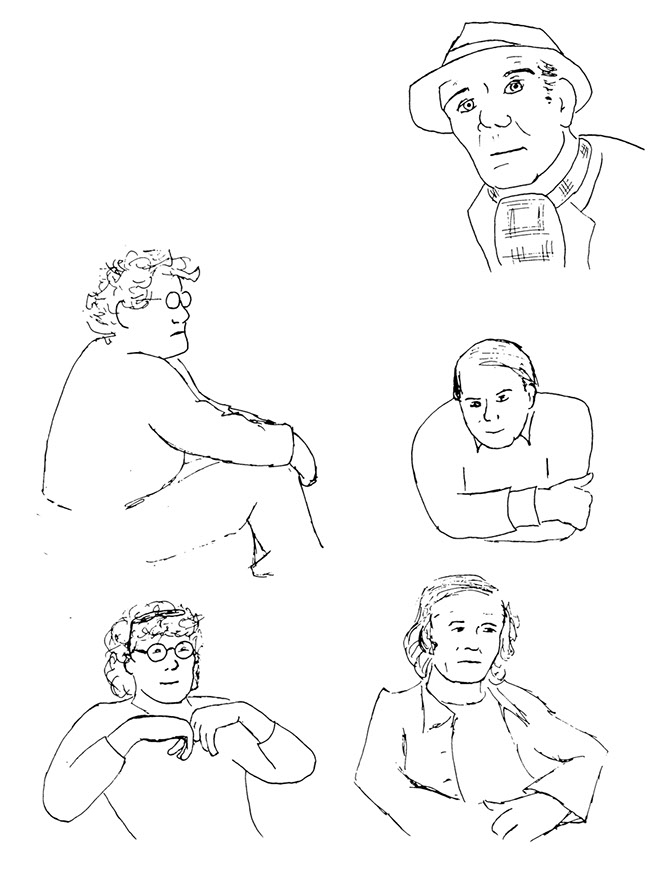
Rhizcomics, then, serves to indicate the impossibility of defining comics arborescently, of tracing their roots and branches, of finding any final center or periphery. That is not to say there are no tree lines to be found here. Rhizomes are not opposed to trees. Instead, rhizomes alternate between tree lines and lines of flight (Deleuze and Guattari, A Thousand Plateaus 506). Comics must be approached as rhizomes with middles everywhere and no center to be found. This project attempts just that—to work in between scholarly and popular modes, between readers and writers, between disciplines, between media, between comics.
Like Whiz Comics, issue#2, Rhizcomics is a sequel with no first issue. The first issue was my dissertation, a print-based text that few ever read. Much has changed since the graduate student who was then occupying this body wrote that dissertation. Captain Thunder has yielded to Captain Marvel. Everything is new. Everything is the same. The most obvious difference between this work and the dissertation is the format. In place of a pdf, I have created a website, which allows for interactivity and movement.
Lyotard said of Discourse, Figure (a book that will occupy a great deal of this project’s space) that it was not a good book: Ce livre-ci n’ext pas ce bon livre. Adding images, hyperlinking, attempting to do critical art as academic prose, or animating cannot make this book better than a book that does not do those things. Like Lyotard’s, this book attempts to signify the other of signification. It wants so much more than it can achieve. But, as Lyotard argues, that’s what it means to improve. This book is not a good book, but it’s a book getting better.
One major argument I’ll be making throughout this book is that there is a presymbolic rhetoricity and that this presymbolic rhetoricity (what I’ll call transgressive figuration) has a density to it that corresponds to its materialization. In arguing for figural priority, I want to be very precise. It would be easy to talk about figure and discourse as coequals or interdependent, and in a real sense they are. However, the pre- of
prediscursivity or presymbolicity indicates a necessary condition. The figural makes possible discourse. You can have figure without discourse but you can’t have discourse without figure. My reasons for thinking so are scattered throughout this project: in my treatment of Lyotard, my discussion of comics, my mapping of various conversations in rhetoric and composition, and my critiques of coherence and clarity.
I refer variously to this thing I have created as a book, a project, a work, and a text. This practice isn’t all that unusual; the author of a print-based book might do the same. However, each of these terms has different connotations, and I cannot use any one of these terms without calling on those connotations. Book connotes scholarly rigor and tradition. Project spreads the reference beyond what you see in front of you out to every aspect that has gone into creating this thing, including the dissertation, its prospectus and defense, the hand-drawn pages that were scanned and modified on my computer, the hand-drawn pages that I never scanned because I had moved on, the ideas scrawled on notepads and napkins that have passed and also remain, the presentations of versions of this material I have given at conferences, even the potential objects that will be actualized long after this thing is published. Work reminds us of labor but also provides a stable thing, the published manuscript you read now and may read again later. Text may call to mind words only, but I am indicating the woven nature of this thing, distinct modes overlapping in a unique composition but also the various other texts (discursive and nondiscursive) to which this thing responds.
Adding insult to injury, not only can I not use just one term to refer to the thing you are reading, but as we will see, my personal pronouns shift. That sentence gives a pretty nice example of why that is. I like to write from the first person to the second person. It reminds me, and you, that I have a body that is located in space and time. That is to say, this isn’t disembodied code floating toward you without affect. I use the second person to prick your attention, to remind you of your obligations as my reader. Finally, we includes you, but it also includes all of us who are composing as well as those who have composed us. The first-person plural is an extended acknowledgment section dispersed throughout the entire work. It includes those whom I cite and those I do not.
Forgive my slips. Why use a first-person voice at all then? Out of habit, perhaps. But also because it reminds my reader and me of my material, bodily presence and absence. A person wrote these words and drew these pictures. As we shall see, the figuration crucial to comics and rhetoric depends upon a subject. But this subject is not autonomous but split and dispersed. This split subject may alert you to the fact that we will have to talk about psychoanalysis (and even antipsychologies).
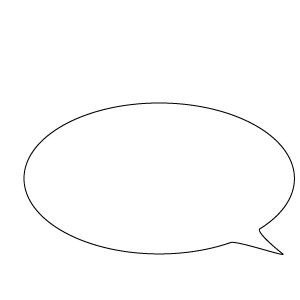
Why have we kept our own names?
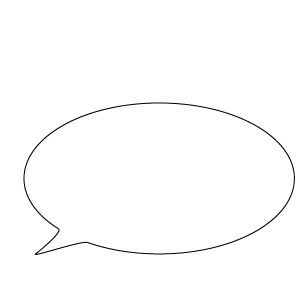
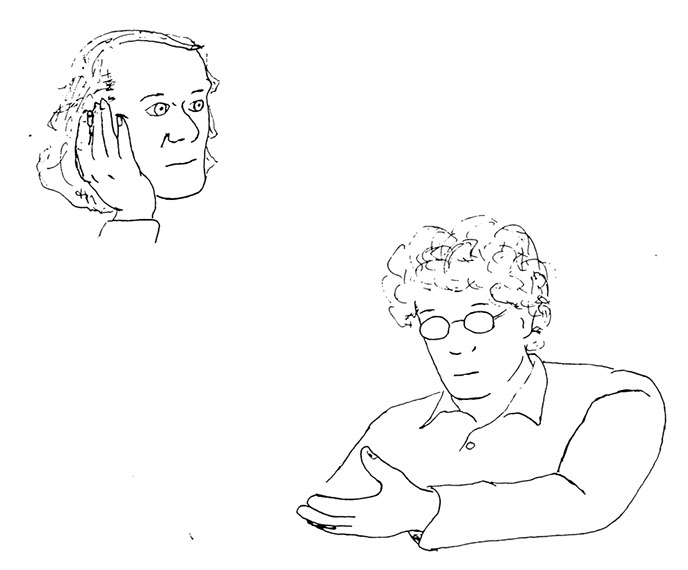




but the point where it is no longer of any importance whether one says I.
Use the “P” key to play or pause. Use the left and right arrow keys to change the direction of the animation. Use the “S” key to stop.
The animation depicts a quote from Claire Colebrook (Understanding, xxvii-xxviii) describing the concept of the rhizome. The quote breaks apart and moves, culminating in the final phrase, “all distinctions and hierarchies are active creations,” forming a rhizome and growing roots.
Use the “P” key to play or pause. Use the left and right arrow keys to change the direction of the animation. Use the “S” key to stop.
The animation depicts a “family tree” for the comic character Marvelman, including relevant publishers and creators.
We are no longer ourselves.
Out of habit, purely out of habit.
Each will know his own.

To render imperceptible, not ourselves, but what makes us act, feel, and think.
To reach, not the point where one no longer says I,
To make ourselves unrecognizable in turn.
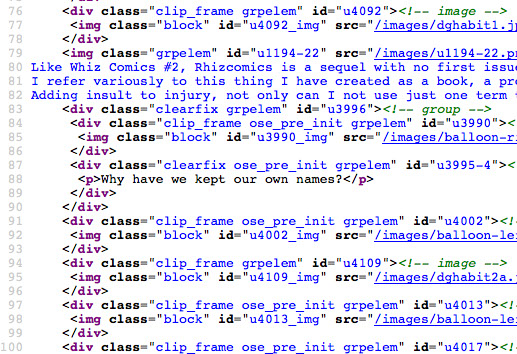
*In each series Moore explored the extremes of political theory through speculative fiction. Marvelman allowed Moore to investigate fascism and V for Vendetta, anarchy. The latter was re-purposed into the Guy Fawkes masks worn by the digital anarchist collective Anonymous.
*Frederic Wertham’s 1954 Seduction of the Innocents vilified comics and resulted in the creation of the comics code, which banned depictions of graphic violence, pre- or extra-marital sex, drug use, gay or lesbian characters (“sex perversions” in the code’s language), or any character questioning authority or any authority member behaving in a way that would cause such disrespect (U.S. Senate Committee on the Judiciary, Comic Books and Juvenile Delinquency). Needless to say, Wertham’s influence was as negative as Moore’s was positive.
*Moore frequently worked intertextually (using golden age style art to indicate flashbacks) to excavate Nietzschean themes from the Superman mythos (the comic opens with a quote from Thus Spoke Zarathustra). As the Übermensh overcomes humanity, so Marvelman overcomes human society as he recreates the world. Nietzsche is not the only German philosopher being reworked here. Heidegger gets a mention, and the fascist utopia Marvelman creates could certainly be read through the lens of the “Self Assertion of the German University.”
"A good book, in order to give free rein to truth in its aberration, would be a book where linguistic time (the time in which signification evolves, the time of reading) would itself be deconstructed—a book the reader could dip into anywhere, in any order: a book to be grazed. A book, incidentally, that would be freed from the literary genre of the aphorism—I mention this thinking of Nietzsche, who was still too tolerant of it. This is not a good book, for it still stakes out a position in signification; not being an artist's book, deconstruction here does not operate directly, but is signified. It is thus, still, a book of philosophy. No doubt its signification is fragmentary, with omissions and, I hope, rebuses. Nevertheless, this makes it only an uncertain and intermediary object, which I would like to excuse by calling it an interworld (after Klee) or a transitional object (after Winnicott); but it does not really warrant these qualifications, since they pertain only to such figural things as games and painting. Once again, it is not a question here of letting the figure insinuate itself into words according to its own rules, but rather of insisting on the words' capacity to utter the preeminence of the figure. The ambition is to signify the other of signification. This book still wants, and wants too much; one is, after all, only the least of men, and the space of this book is no more than Baroque. Still, in its defense, this desire for more remains very little."
(Lyotard, Discourse 13, translation
modified, emphasis added)
Also because it’s nice to talk like everybody else, to say the sun rises, when everybody knows it’s only a manner of speaking.
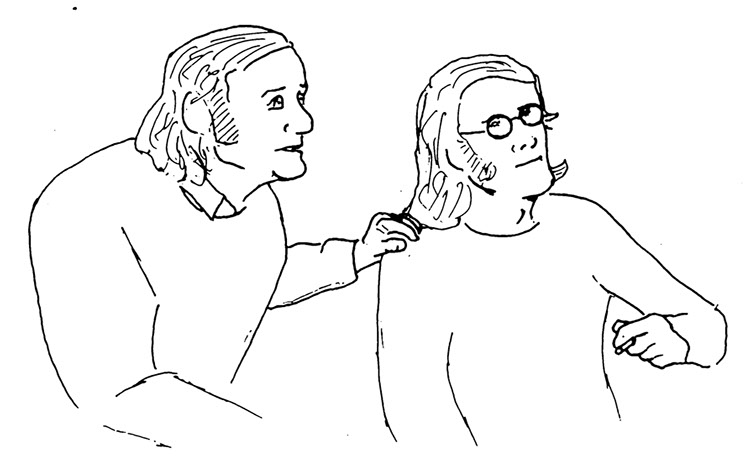
We have been aided, inspired, multiplied.
(Plateaus 3)

